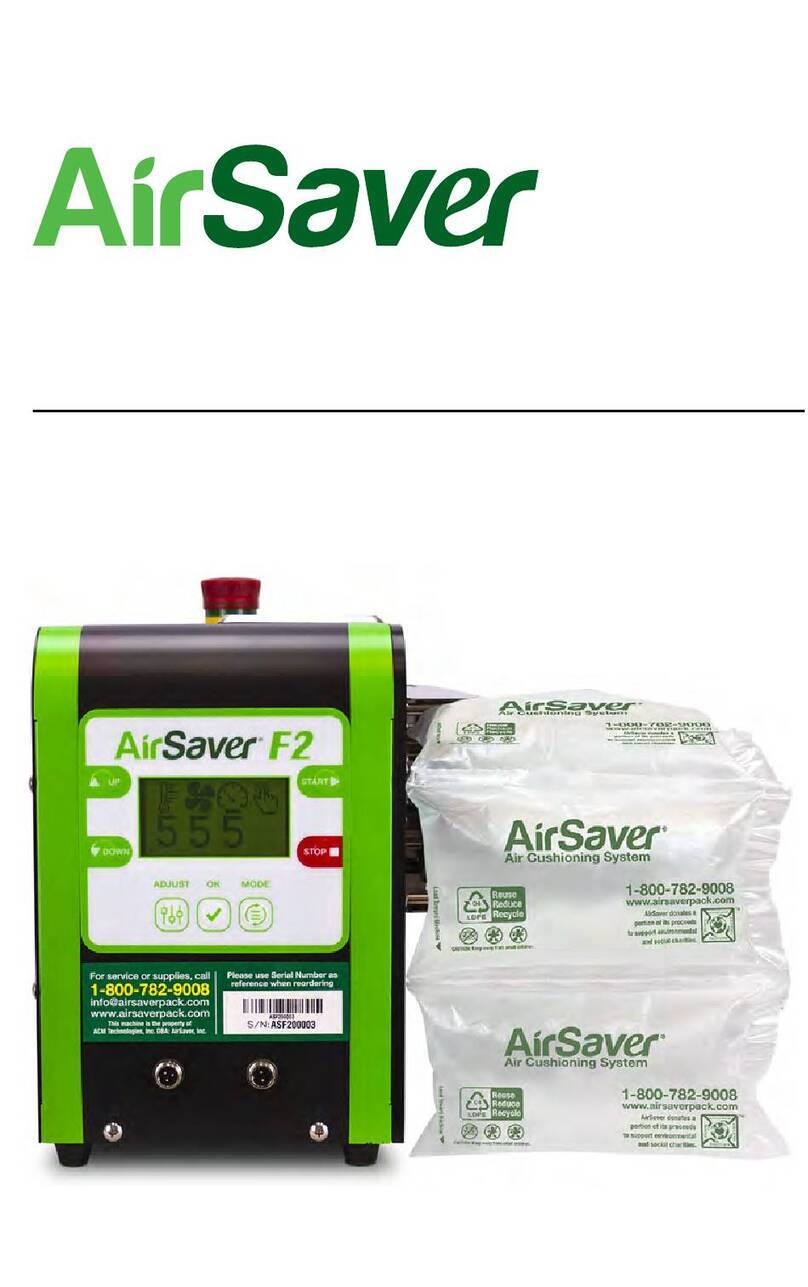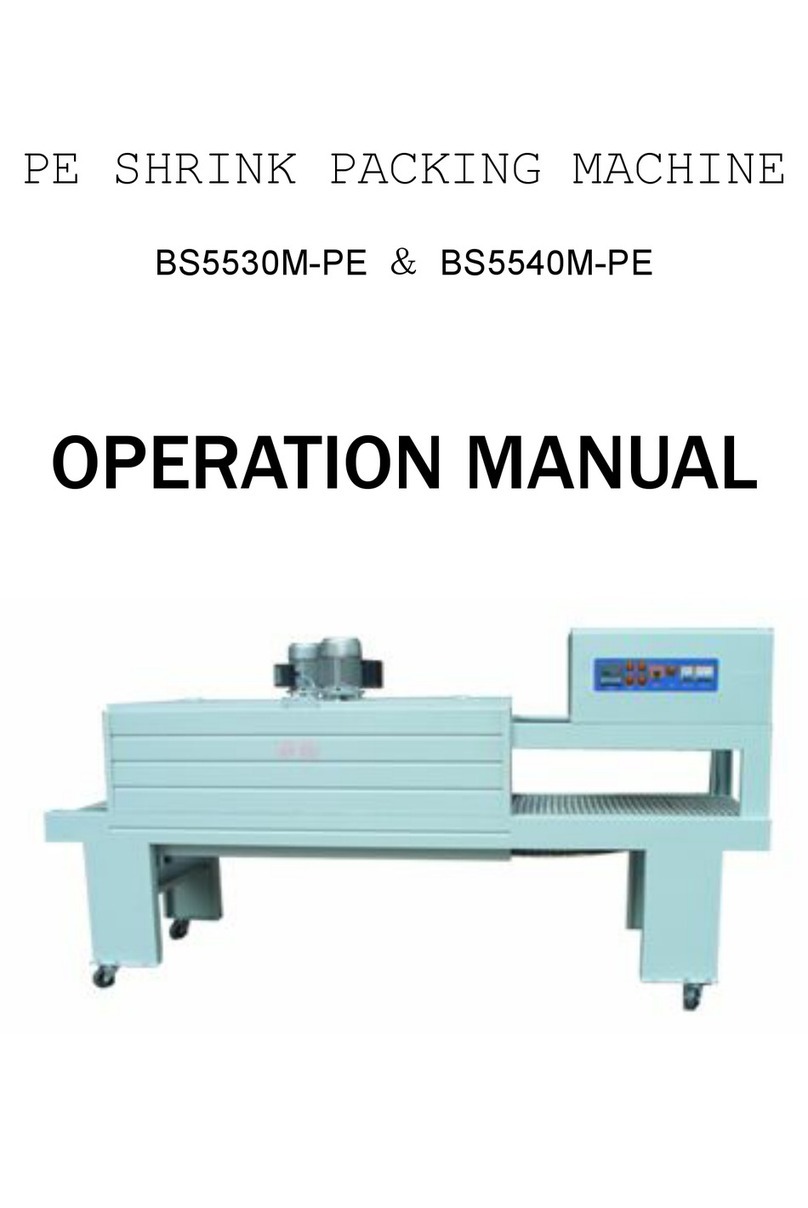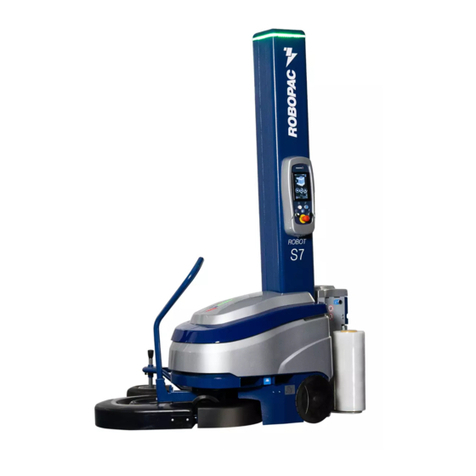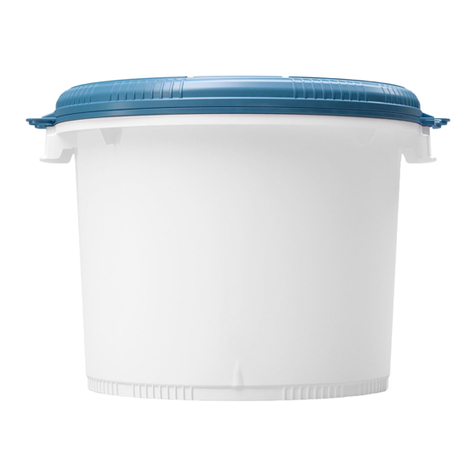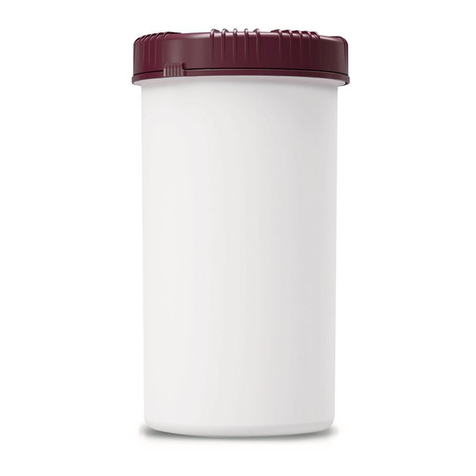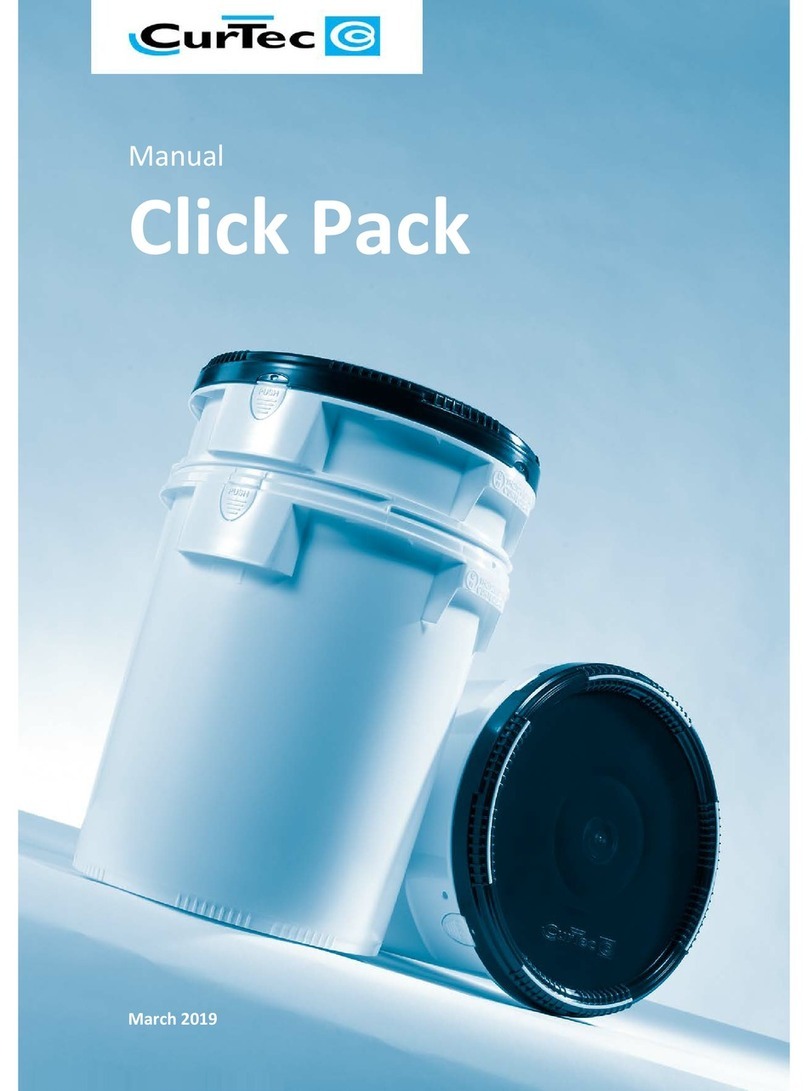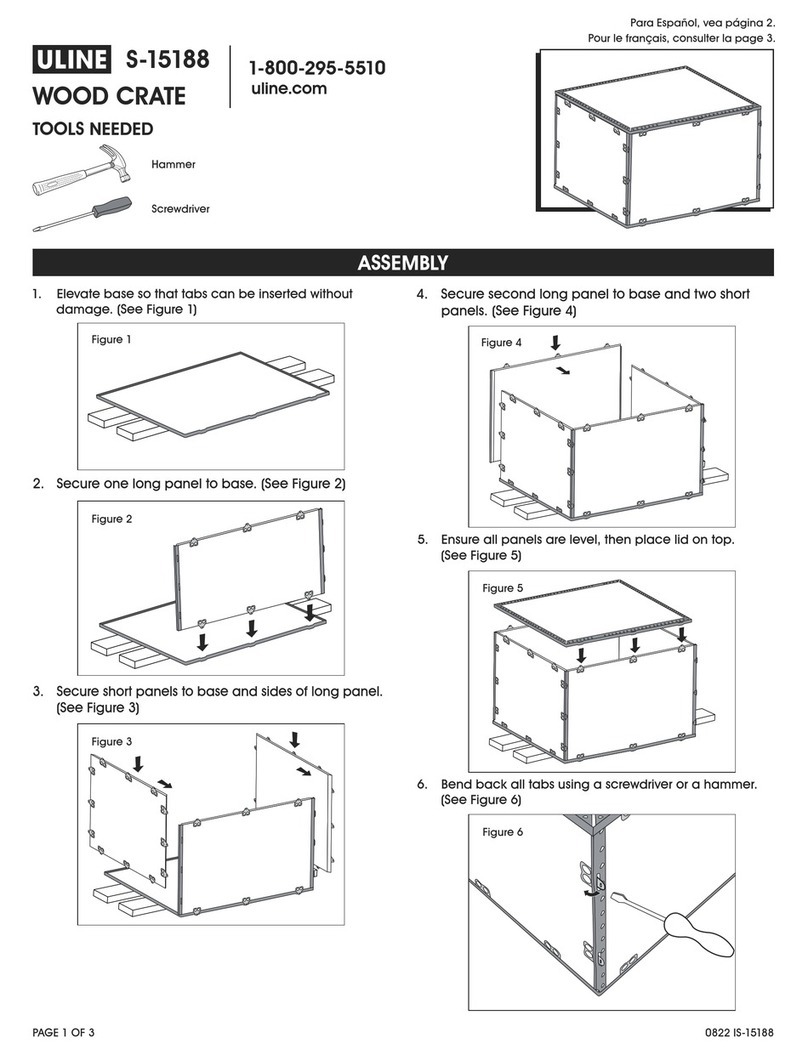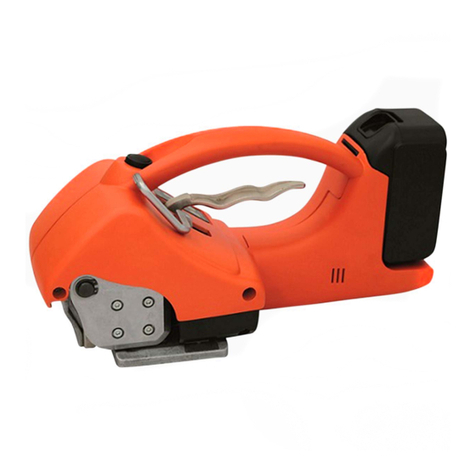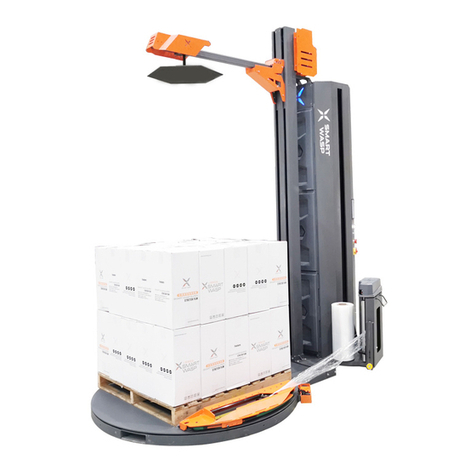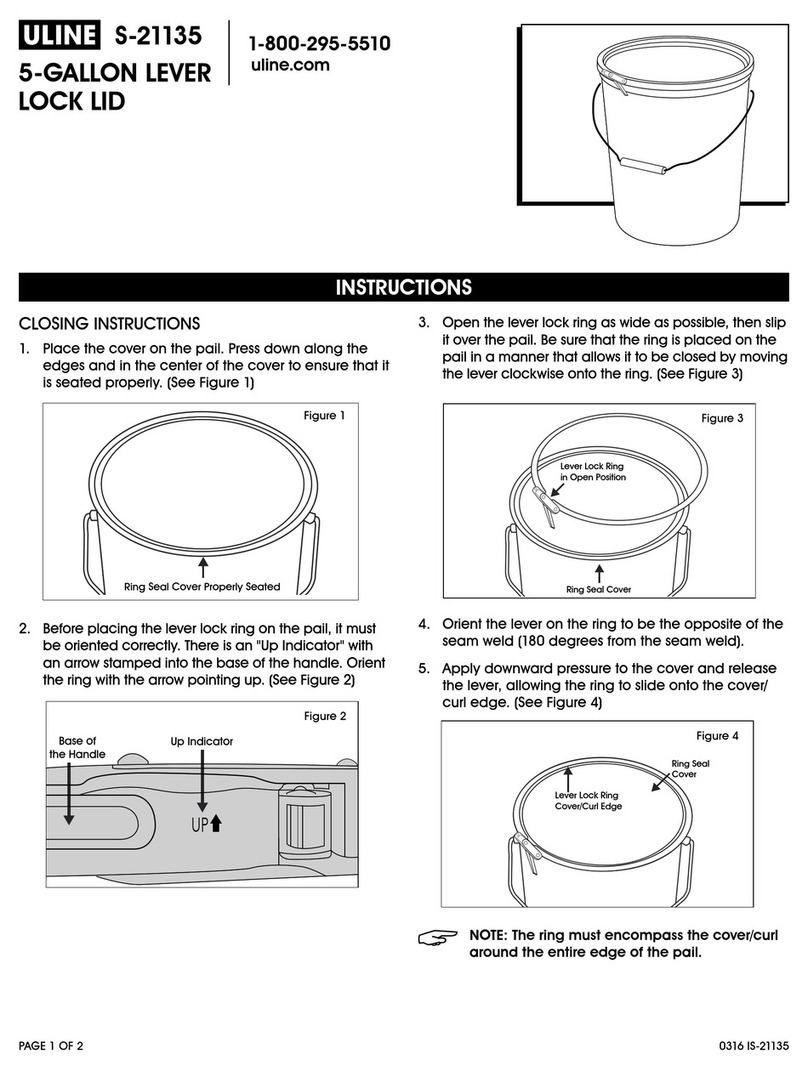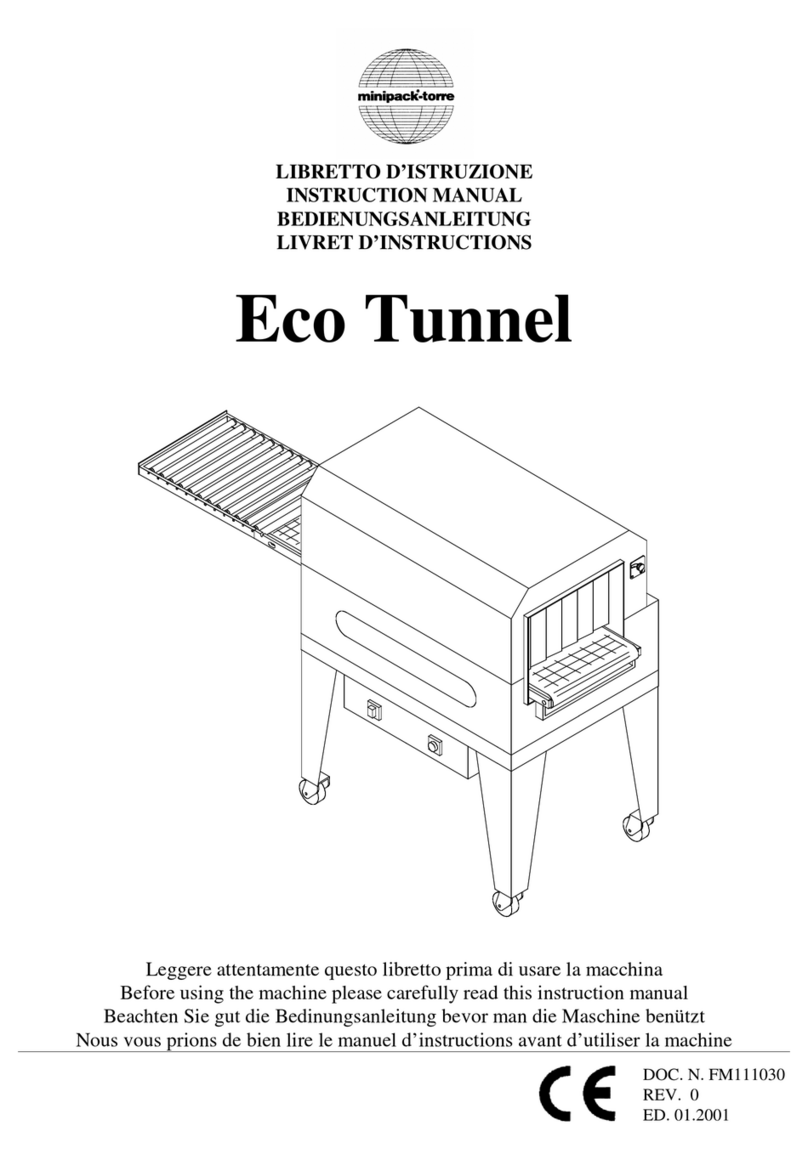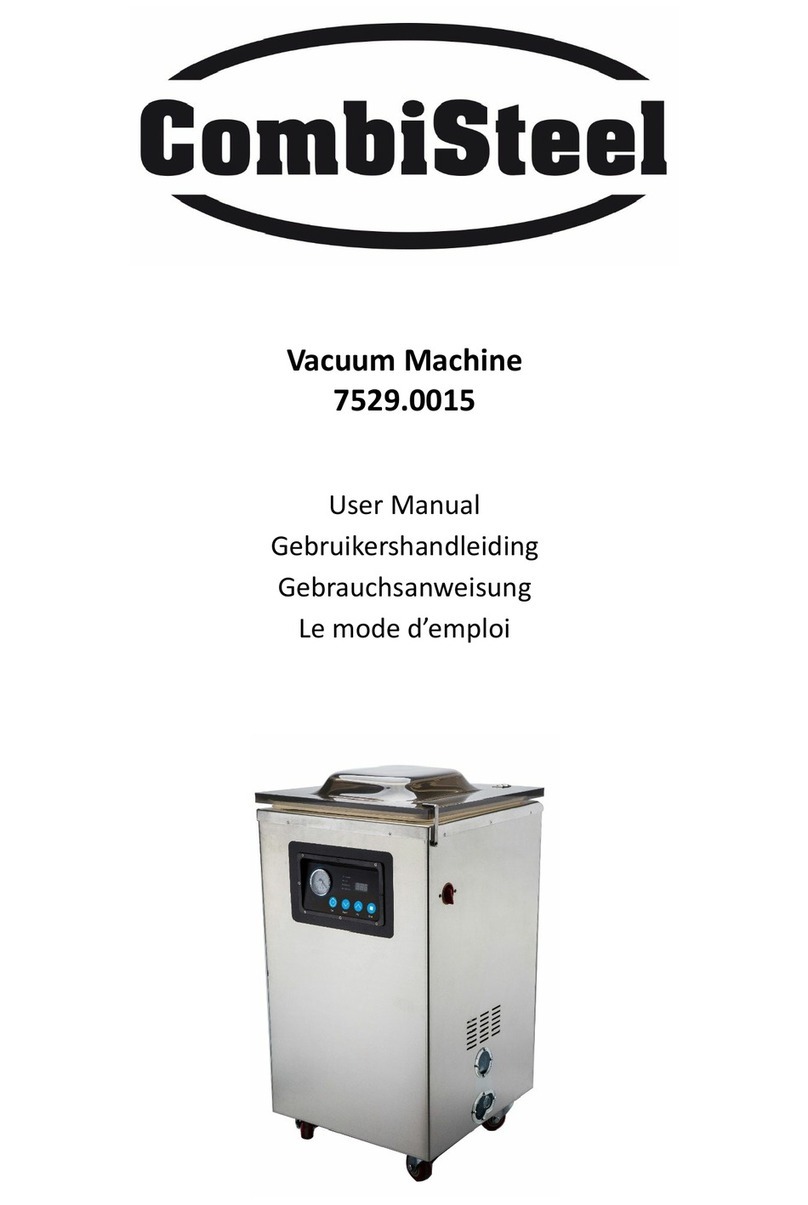0807
Washing
The washing instructions below apply to the cleaning of all CurTec
packaging products that are made of polyethylene and
polypropylene.
Best results will be achieved with a washing installation that is
equipped with spray nozzles or a so-called Ultra-Sonic
installation.
Best qualified detergent is a low-foaming alkaline substance with a
PH-value of 10 to 12 (solvents.)
The recommended temperature of the washing water lies
between 40°C and 50°C.
The temperature of the rinsing water can only be up to 65°C.
To prevent the plastic from shrinking, you must make sure it
does not warm up completely to the recommended
temparatures of washing and rinsing. Therefor the time for
washing cannot exceed 30 to 35 seconds and rinsing cannot take
longer than 20 seconds.
Increased drying of products can be effected by means of
applying cold air. If warm air will be used the drying can only last
up to 30 seconds at a maximum temperature of 65°C.
The blowing and drying part of the installation needs to be
adjusted to the product, so those difficult spots of the kegs can
also be dried.
For specific technical information CurTec would like to refer to
the various suppliers of washing installations.
Attention! Check the thermostat and programmed times of your
equipment regularly.
